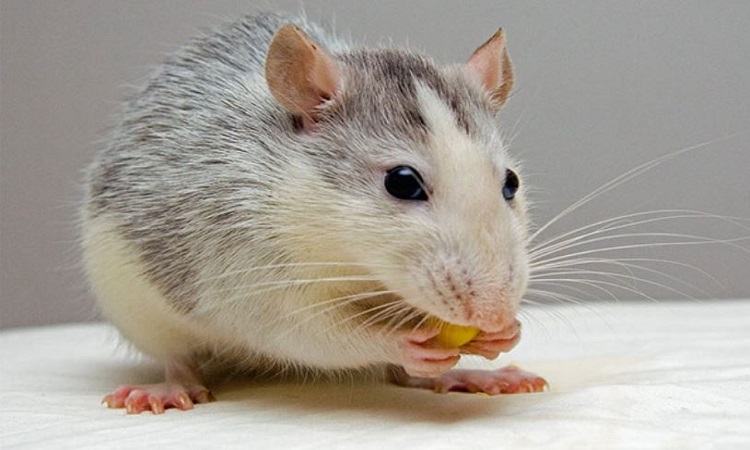Scientists rebuild neurons that allow mice to walk again after spinal cord injury
A team of researchers discovered a critical component for regaining functional activity after spinal cord injury in a recent study on mice. Read further on Dynamite News:

Washington: A team of researchers discovered a critical component for regaining functional activity after spinal cord injury in a recent study on mice.
The neuroscientists demonstrated that re-growing specific neurons back to their normal target locations resulted in recovery, whereas random regrowth did not.
The researchers discovered a therapeutic method that causes axons, the small fibres that connect nerve cells and allow them to communicate — to sprout after spinal cord injury in animals in a 2018 article published in Nature. Even though that strategy was successful in regenerating axons across severe spinal cord lesions, functional recovery remained a considerable barrier.
The researchers wanted to see if guiding the regeneration of axons from specific neuronal subpopulations to their native target locations may lead to meaningful functional restoration following spinal cord damage in mice.
Also Read |
Study suggests implant can treat low blood pressure in people with spinal cord injury
They began by using advanced genetic research to identify nerve cell groupings that improve walking after a partial spinal cord injury.
The researchers discovered that just rebuilding axons from these nerve cells across the spinal cord damage had no effect on functional recovery.
Significant gains in walking ability were reported in a mouse model of total spinal cord injury when the technique was refined to include the use of chemical signals to attract and guide the regeneration of these axons to their natural target site in the lumbar spinal cord.
"Our study provides crucial insights into the intricacies of axon regeneration and requirements for functional recovery after spinal cord injuries,” said Michael Sofroniew, MD, PhD, professor of neurobiology at the David Geffen School of Medicine at UCLA and a senior author of the new study.
Also Read |
Jennifer Lopez 'cool off' after Heavy Romance
“It highlights the necessity of not only regenerating axons across lesions but also of actively guiding them to reach their natural target regions to achieve meaningful neurological restoration."
The authors say understanding that re-establishing the projections of specific neuronal subpopulations to their natural target regions holds significant promise for the development of therapies aimed at restoring neurological functions in larger animals and humans. However, the researchers also acknowledge the complexity of promoting regeneration over longer distances in non-rodents, necessitating strategies with intricate spatial and temporal features. Still, they conclude that applying the principles laid out in their work “will unlock the framework to achieve meaningful repair of the injured spinal cord and may expedite repair after other forms of central nervous system injury and disease.” (ANI)
 Dynamite News
Dynamite News 